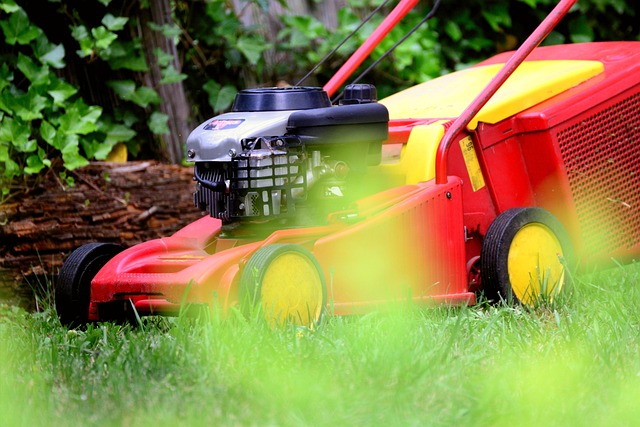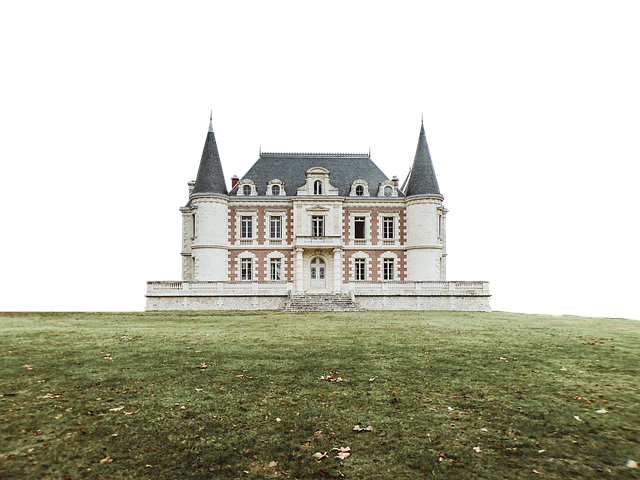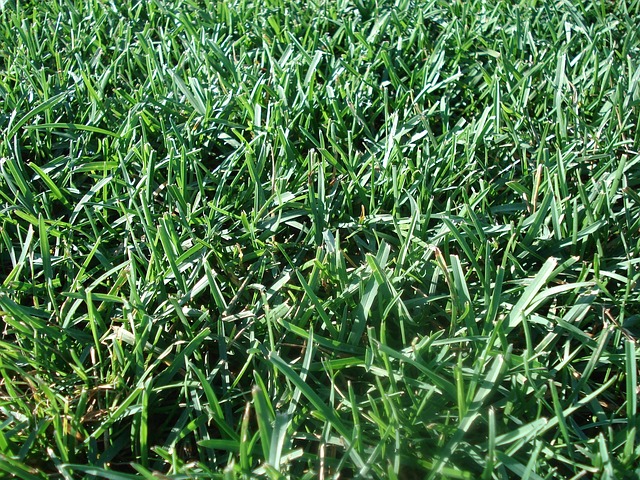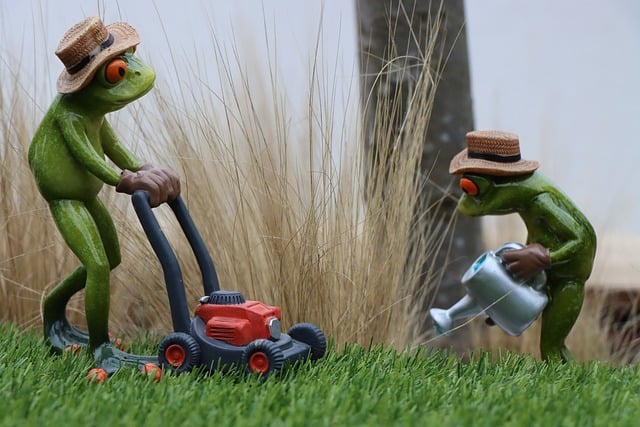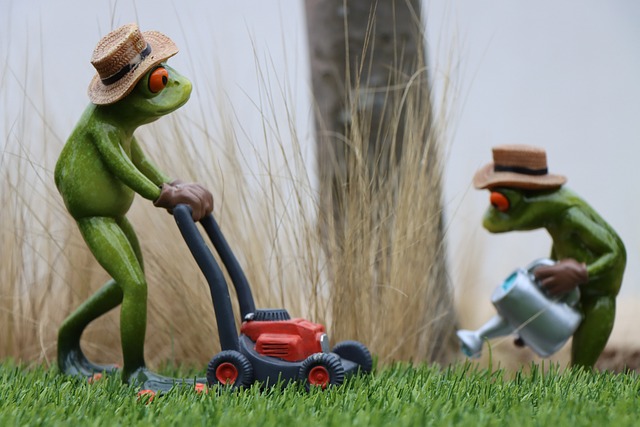Lawn care and landscaping enhance curb appeal with mulching (moisture retention, weed suppression), edging (clean lines around borders) & using quality materials like organic wood chips for soil health and plastic edging for neat pathways. Proper tools like string trimmers and edgers ensure polished results year-round, keeping your yard beautiful and well-maintained.
Transform your lawn from ordinary to extraordinary with the power of mulching and edging. This comprehensive guide explores the art of Lawn Care and Landscaping, uncovering the benefits and best practices of mulching for a healthier, more vibrant green space. We delve into precise edging techniques to achieve a neat and polished appearance, while guiding you in selecting the ideal materials for your lawn care routine. Discover how these simple yet effective techniques can elevate your outdoor oasis.
- Understanding Mulching: Benefits and Best Practices
- Edging Techniques for a Neat Lawn Appearance
- Choosing the Right Materials for Your Lawn Care Routine
Understanding Mulching: Benefits and Best Practices

Mulching is an essential practice in lawn care and landscaping, offering numerous benefits for your outdoor space. By applying a layer of organic or inorganic material—such as wood chips, straw, or recycled plastic—around the base of plants and trees, you create a protective barrier that enhances overall health and appearance. One of the key advantages is moisture retention, as mulch acts like a sponge, reducing evaporation from the soil surface and keeping roots hydrated. This is especially beneficial during hot summers and dry spells, promoting healthier grass growth.
Additionally, mulching provides insulation, protecting plants from extreme temperatures. In colder months, it prevents heat loss, while in warmer seasons, it shades the soil, reducing the need for excessive watering. Mulch also suppresses weeds effectively, as it blocks sunlight from reaching their seeds. This saves time and effort in lawn care, as fewer weeds mean less competition for nutrients and water. Best practices include applying a 2-4 inch layer of mulch, leaving a small gap around the trunk of trees to prevent rot, and replenishing or reapplying mulch annually to maintain its effectiveness.
Edging Techniques for a Neat Lawn Appearance
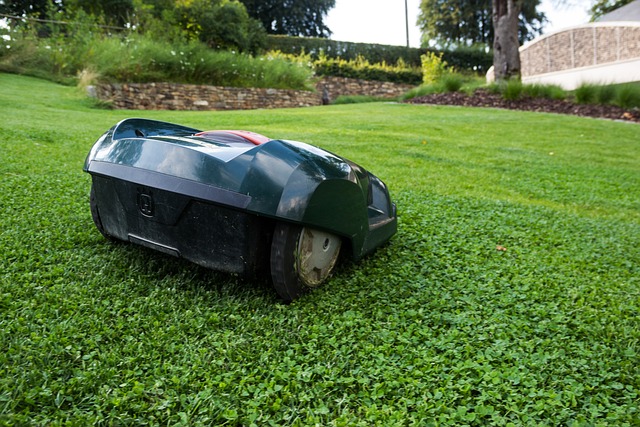
Maintaining a well-defined lawn edge is an essential aspect of lawn care and landscaping, enhancing the overall aesthetic appeal. There are several edging techniques to choose from, each offering unique benefits for achieving that pristine look. One popular method involves using manual edgers, which allow for precise control as you meticulously trim along sidewalks, driveways, and flower beds. These tools are ideal for detailed work and ensure a clean, sharp line.
For larger properties or those seeking efficiency, power edgers can be the game-changer. They quickly and easily cut through tough grass and weeds, leaving a neat edge. In terms of versatility, string trimmers are another option, particularly useful for reaching tight spaces and curved edges. Incorporating these edging techniques into your lawn care routine will contribute to a beautiful, well-maintained landscape.
Choosing the Right Materials for Your Lawn Care Routine

When it comes to lawn care and landscaping, selecting the appropriate materials is half the battle won. For mulching, organic options like wood chips, straw, or compost are excellent choices as they enhance soil health by adding nutrients while suppressing weeds naturally. These natural mulches also contribute to a lush green lawn over time. Alternatively, plastic or fabric edging can be used for defining garden beds and pathways, ensuring a neat look and preventing grass from encroaching on flower beds.
For effective edging, consider tools like string trimmers, edgers, or even hand-held devices for precise cuts. These tools allow you to create clean lines and maintain a polished landscape design. In lawn care, the right materials and equipment make all the difference, ensuring your yard not only looks beautiful but also remains healthy and well-maintained throughout the seasons.
Mulching and edging are essential practices in lawn care and landscaping, enhancing both the health of your grass and its aesthetic appeal. By understanding the benefits of mulching—like retaining moisture and suppressing weeds—and adopting effective edging techniques to create clean lines, you can transform your lawn into a well-maintained and visually pleasing space. Choosing the right materials ensures optimal results, allowing you to maintain a neat and orderly landscape that adds value to your property.


